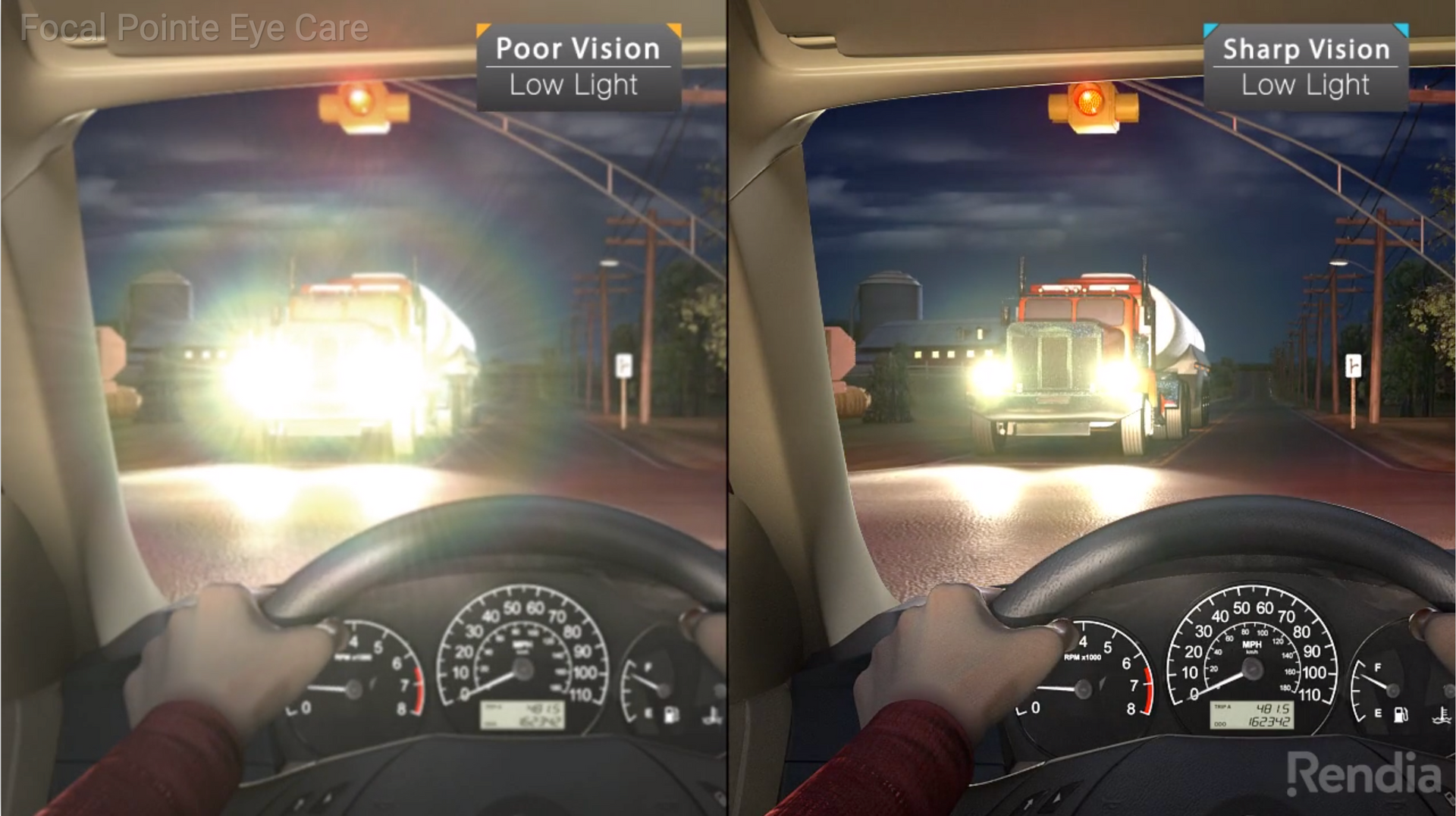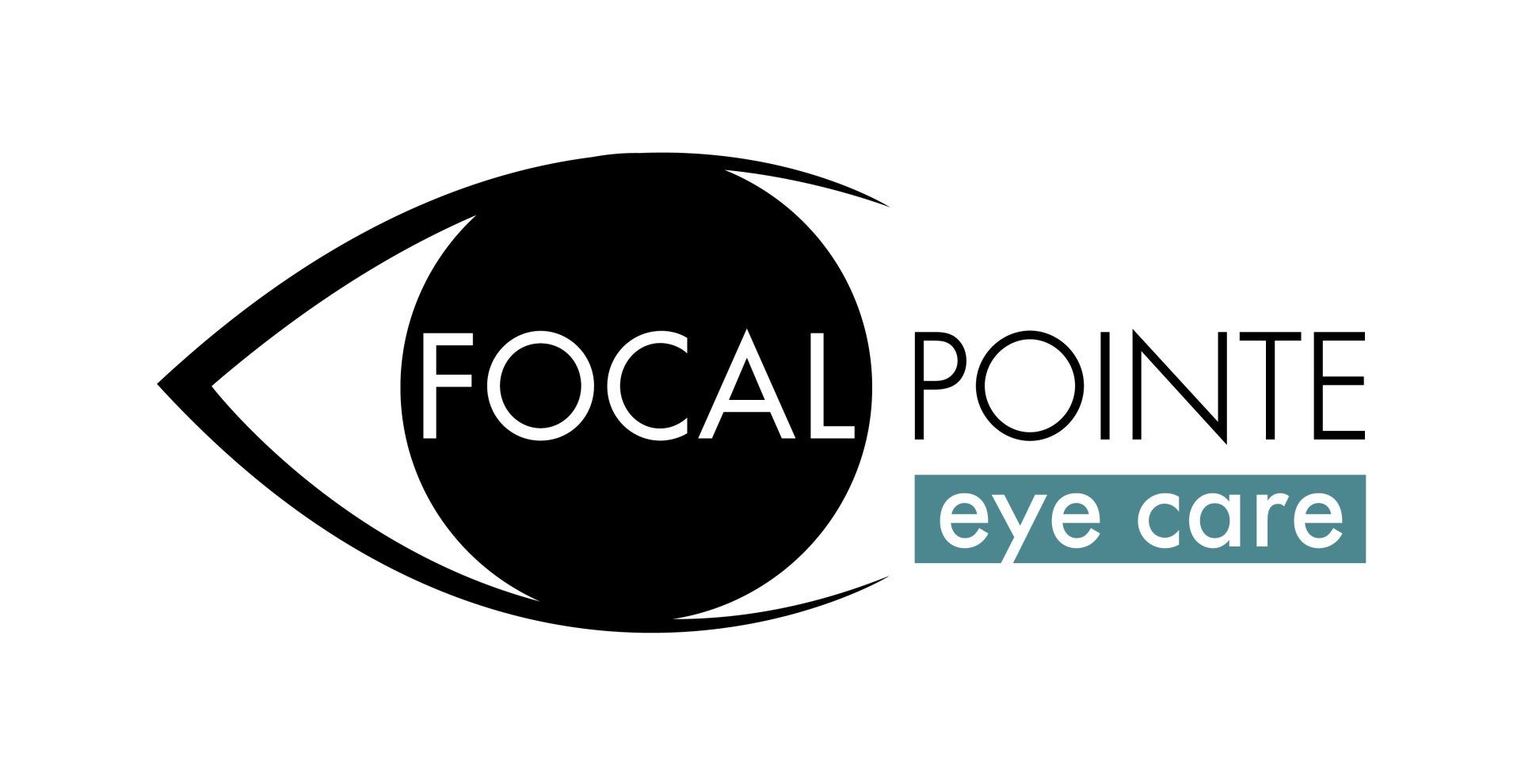LASIK Complications: Is it worth the risk?
LASIK is an eye surgery that uses lasers to correct refractive error, freeing the patient of glasses and contacts. This is a very popular procedure that roughly 700,000 people have annually. Since its FDA approval in 1999, over 20 million patients have made the jump. It is a completely elective procedure not typically covered by medical insurance or vision plans. Interested individuals have to go through preliminary testing to ensure they are a good candidate for surgery, since LASIK can exacerbate many negative side effects from other medical conditions. Most patients believe LASIK provides clear vision for a lifetime, but for many that is not the case. Results are permanent and irreversible, so it is best to do thorough research before making your choice.
Dry Eye: Approximately 30% of patients who have LASIK will have dry eye symptoms immediately after the procedure. For some, symptoms begin to improve in the months following and resolve after one year. Other patients are not so lucky and develop chronic, severe dry eye disease (DED). Dryness can be caused by several factors, such as:
- The destruction of corneal nerves that are severed during treatment by the laser to create the corneal flap. Loss of sensation in the cornea results in Neurotrophic Keratitis related Dry Eye Disease.
- Inflammation. If pre-existing DED is present but undiagnosed, this inflammation changes the previously asymptomatic dryness into debilitating pain, light sensitivity, and more.
- The interaction between the eyelids and front of the eye. Due to the change in shape of the cornea from the surgery, abnormal distribution of the tear film causes DED.

Glares, halos and starbursts: This is an extremely frequent side effect but can be frustrating to deal with, typically most noticeable while driving at night. Oftentimes, these visual symptoms can subside in about two to three weeks, but sometimes they will remain permanently. Approximately 20% of patients at 6 months post-surgery are still suffering from these symptoms. Those with larger pupils and higher prescriptions are at greater risk. Glare and halos can also be caused by DED.
Corneal ectasia: A rare but devastating complication experienced by 1 in every 166 LASIK patients. Corneal ectasia covers a group of conditions that changes the shape and thins the cornea. LASIK increases your risk of ectasia due to the weakened strength of the cornea following surgery. 95% of corneal ectasia diagnoses occur after LASIK. Corneal ectasia results in irregular astigmatism causing instability in the vision. This instability means vision can fluctuate throughout the day, typically worsening as the day goes on. Many patients with post-surgical corneal ectasia are unable to wear glasses or soft contact lenses to correct their vision. Gas permeable or scleral contact lenses have been a lifesaver for those struggling with their vision post-LASIK (LINK?). Under rare circumstances, some patients may require a corneal transplant if all other treatment options fail.
So I’m glasses-free forever, right? Over time, we all lose our ability to focus up close. Symptoms begin around the ages of 40 to 45 and progressively worsen with time. LASIK does not have any impact on this aging change.
This means that all patients who have LASIK to correct their distance vision will be back in glasses to help with reading. Sometimes the eye will continue to change prescription over time. LASIK does not halt progression in
near or
far-sightedness; it only corrects for the prescription of the eye at that moment in time. Up to two-thirds of patients are disappointed by the fact that they will have to wear glasses again.
While relatively safe, LASIK still has debilitating side effects that may encourage a second thought before taking the plunge to have surgery. We all know friends or family members that have had LASIK that are extremely happy with their outcome. Those that are not as fortunate regret even considering the procedure.
Do your research. Talk to your optometrist. Think about how important your vision is and how these side effects could impact your life.

